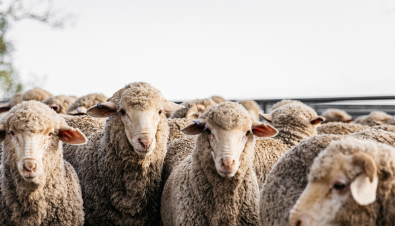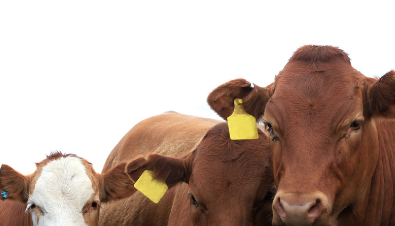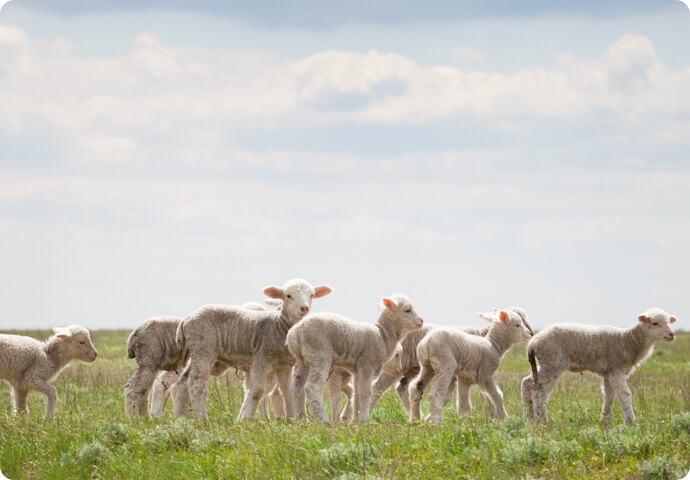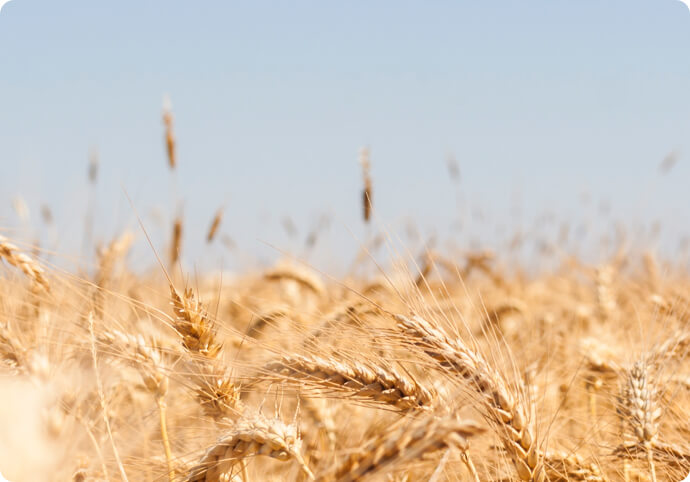What happens in an emergency animal disease outbreak?
An outbreak of a serious EAD can be disastrous for producers, causing significant personal stress and anguish as well as financial hardship. The livestock industries can lose sales opportunities both domestically and internationally, in the wake of a damaged reputation for our produce, and the broader Australian economy could lose billions in trade and employment.
Generally, Australian policy is to eradicate any introduced exotic animal disease as quickly as possible. This could involve:
- establishment of disease control zones, quarantine and movement controls
- possible destruction and disposal of infected and exposed animals
- decontamination of infected premises, vehicles, equipment and animal products
- surveillance of susceptible animals
- restriction of the activities of certain enterprises.
The disease may also be controlled through vaccination, campaigns to control disease carriers, animal treatment and wild animal control. Infected and disease-free zones are established to contain the disease and retain business continuity in disease-free areas.
Controlling and eradicating EADs is done using the guidelines in AUSVETPLAN, a coordinated national response plan. As each state and territory is responsible for controlling and eradicating animal disease locally, each has its own emergency disease control legislation which supports the national guidelines.
What happens to me in an emergency animal disease outbreak?
The more serious the outbreak, the more impact it could have on you and your family. An outbreak of a disease such as FMD, where heavy restrictions are placed on moving stock, can have a serious effect on families. On some properties, all movement – people as well as animals – may be temporarily restricted, creating problems for school and work. Longer term restrictions can significantly affect businesses due to reduced trading opportunities.
Prevention is definitely better than cure. Good farm biosecurity practices will lower the risks of disease entering your property.
If my property is affected, will my livestock be destroyed?
Whether livestock need to be destroyed – or for that matter, livestock products or other materials – depends on the disease and its nature.
The worst case scenario – destroying animals and anything they have been in contact with and which can’t be decontaminated or disinfected – occurs with FMD, because the virus is highly contagious and survives away from the animal. However, many other diseases, such as equine influenza, can be controlled without destroying infected animals.
Your local authority working under the state or territory emergency response plan would make the decision about your stock in the event of an infection on your property. Compensation is available for stock lost due to an EAD or destroyed by the authority to prevent disease spread.
For details of reportable diseases, visit the Australian Government Department of Agriculture’s page National List of Notifiable Animal Diseases.
Can I leave my property during a disease outbreak?
Without realising, people can spread disease on their clothing, footwear and vehicles or even on their skin or nasal passages! Many diseases can survive long periods outside their obvious host and can hitch a ride to another location.
For this reason, if you suspect a serious disease in your stock, don’t leave your property or allow anyone else to do so until an inspector has discussed with you what you must do to prevent disease spread. Once a process is in place, which may include managing movement and disinfecting clothing and equipment, you will generally be allowed to leave.
Can I move stock during a disease outbreak?
If you are aware of an outbreak of an EAD you must not move any stock around your property or to other places until you get the all clear. This is because you may cause the disease to spread, as many diseases are readily spread from animal to animal.
In the case of FMD, a national livestock standstill, banning all movement of susceptible animals, may be immediately declared for a few days to allow the authorities to assess where the disease already is, without the situation getting worse through continuing movements. It is a criminal offence to move stock during a stock standstill.
Can I sell products such as milk, eggs, meat?
This depends on the disease, but you won’t be able to sell your products until there’s no doubt they have not been in contact or contaminated with the disease organism. As this may be very difficult to establish, it might be necessary to suspend all sales.
What can I do to help during an outbreak?
In the event of an outbreak:
- stay informed
- visit www.outbreak.gov.au for information about outbreaks in Australia
- your state or territory department of agriculture or primary industries website will have specific information for your local area
- remember to cooperate with local authorities – they are there to eradicate the disease as quickly as possible, as well as help you.
How long will it be before I can resume my normal farming activities, and what do I need to do?
The period between eradicating a disease and resuming normal farming is one of the most difficult things to predict, as it depends on the spread of the individual outbreak and the nature of the organism responsible.
Once a disease has been officially eradicated, there will be a period of time before normal activity can recommence. Given the impact on producers’ income, every effort will be made to limit this period, and of course, livestock producers are part of the decision making process and will be pressing for an early return to normal activities!
It is very important to have good farm biosecurity practices in place all the time, but particularly during and after an EAD outbreak.
Preventing a disease outbreak
That’s exactly what farm biosecurity is all about. Simple biosecurity measures that will go a long way towards preventing a disease or detecting it quickly. In the event of an outbreak, good farm biosecurity is critical to assist the eradication process. Everyone must play their part.





